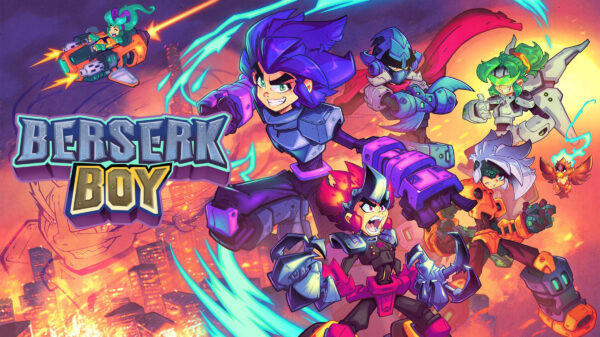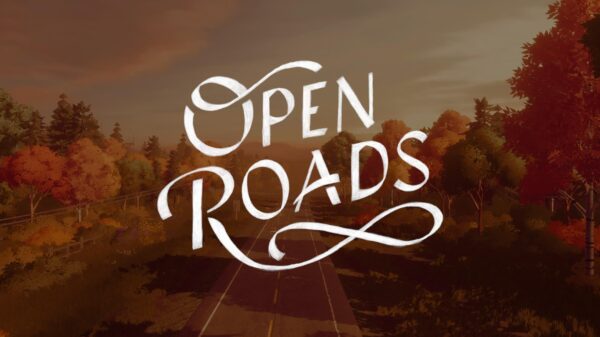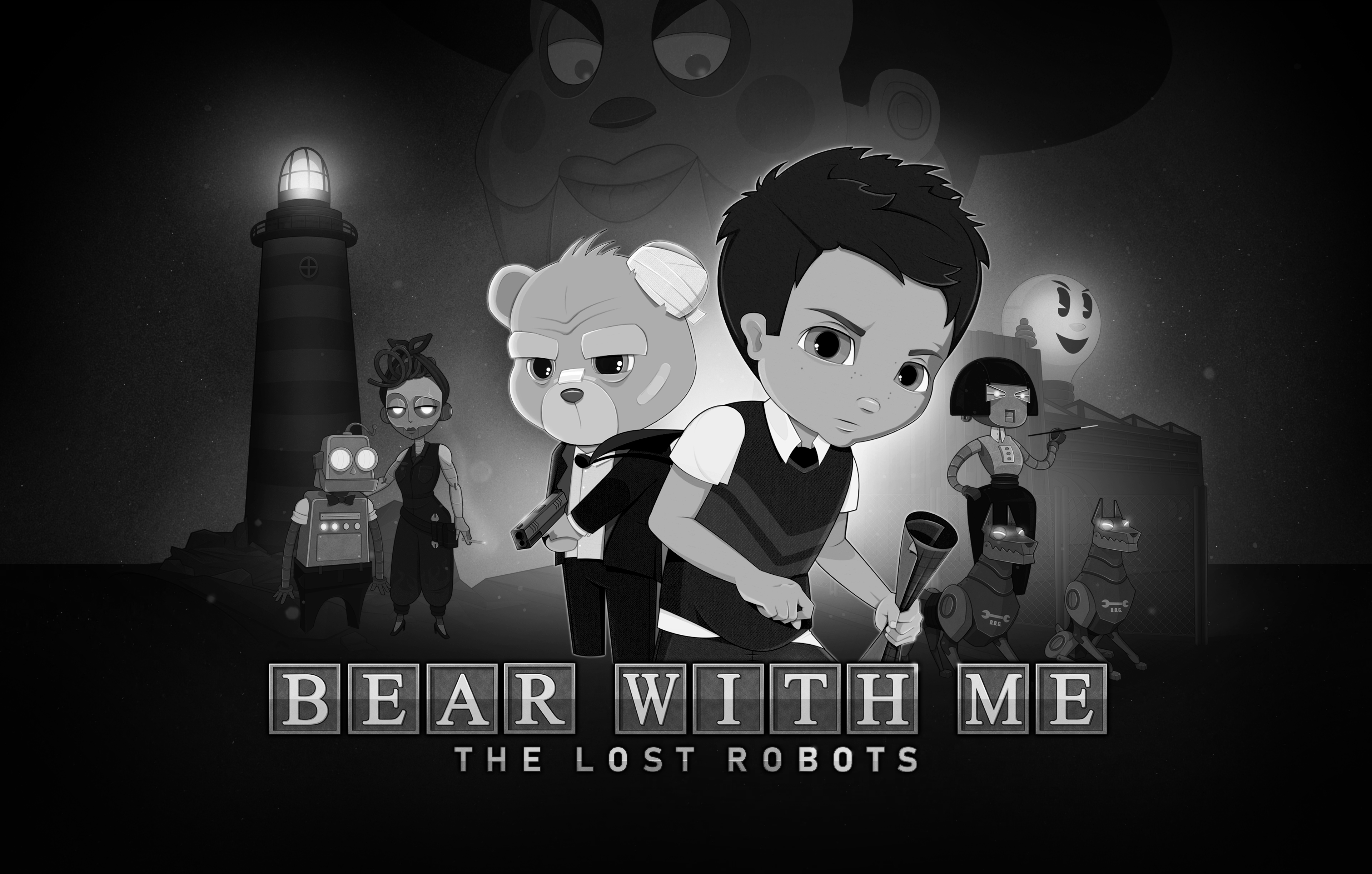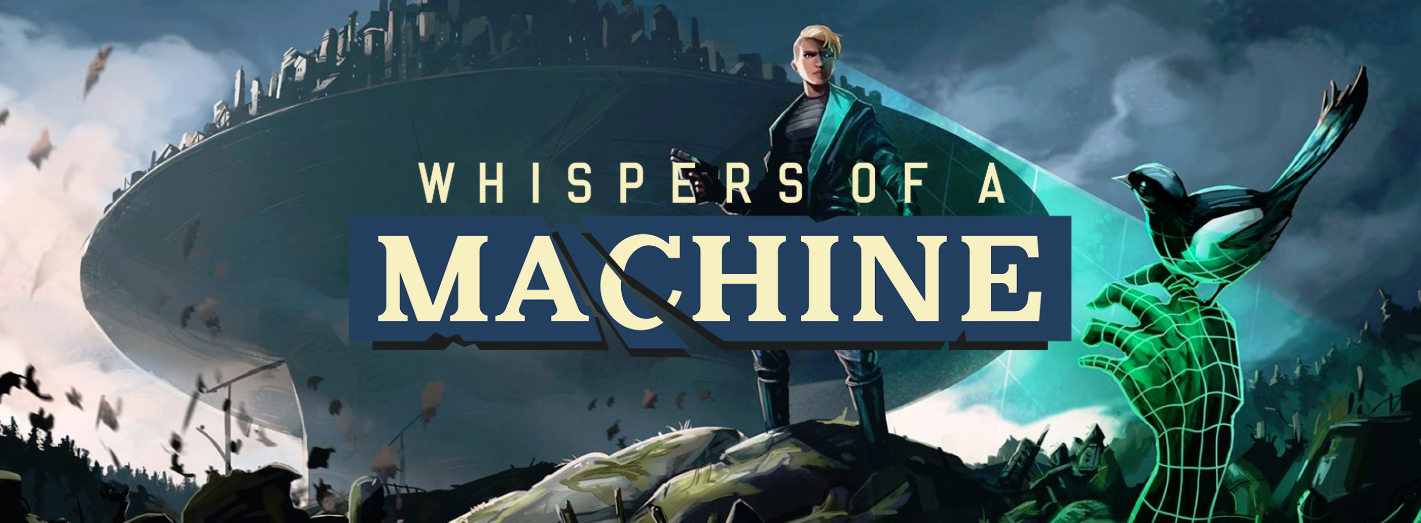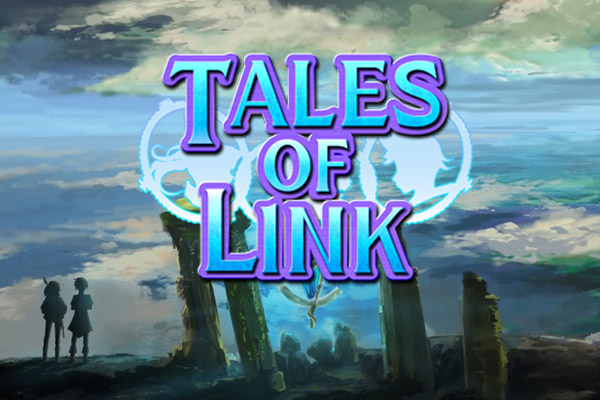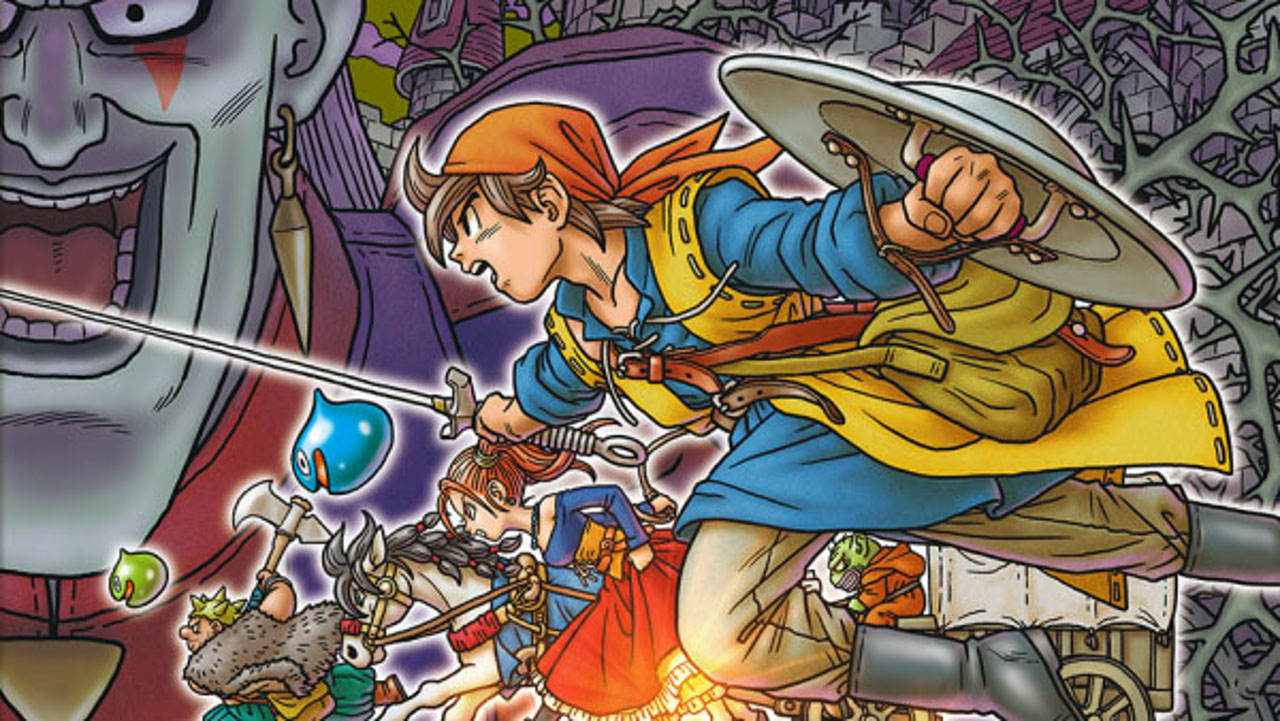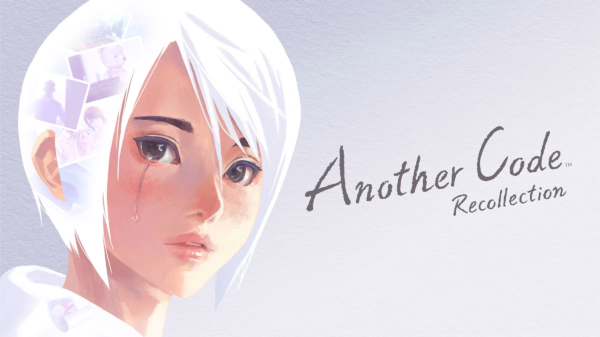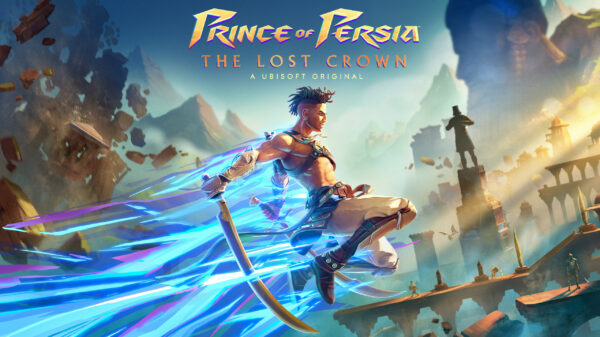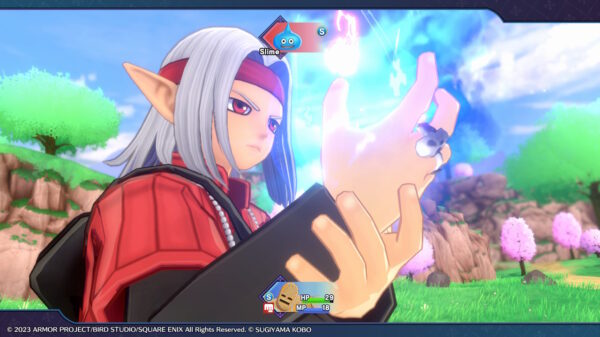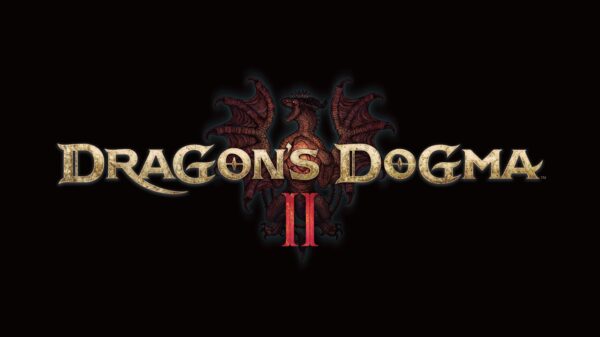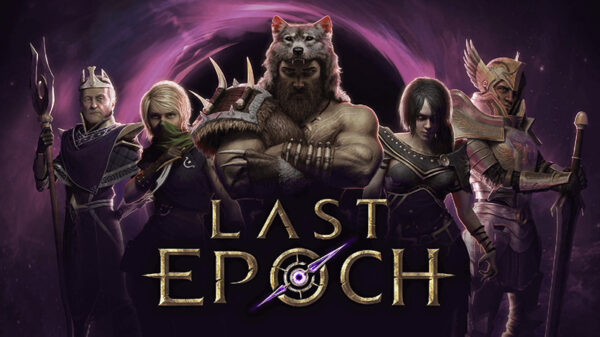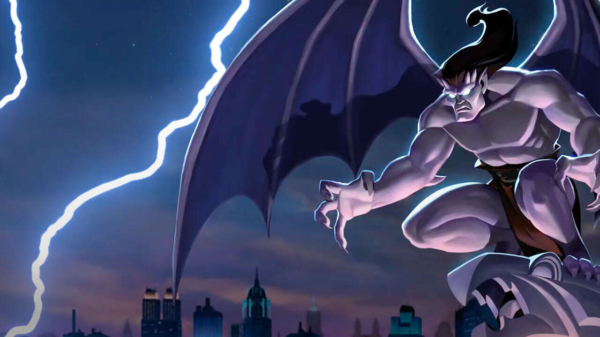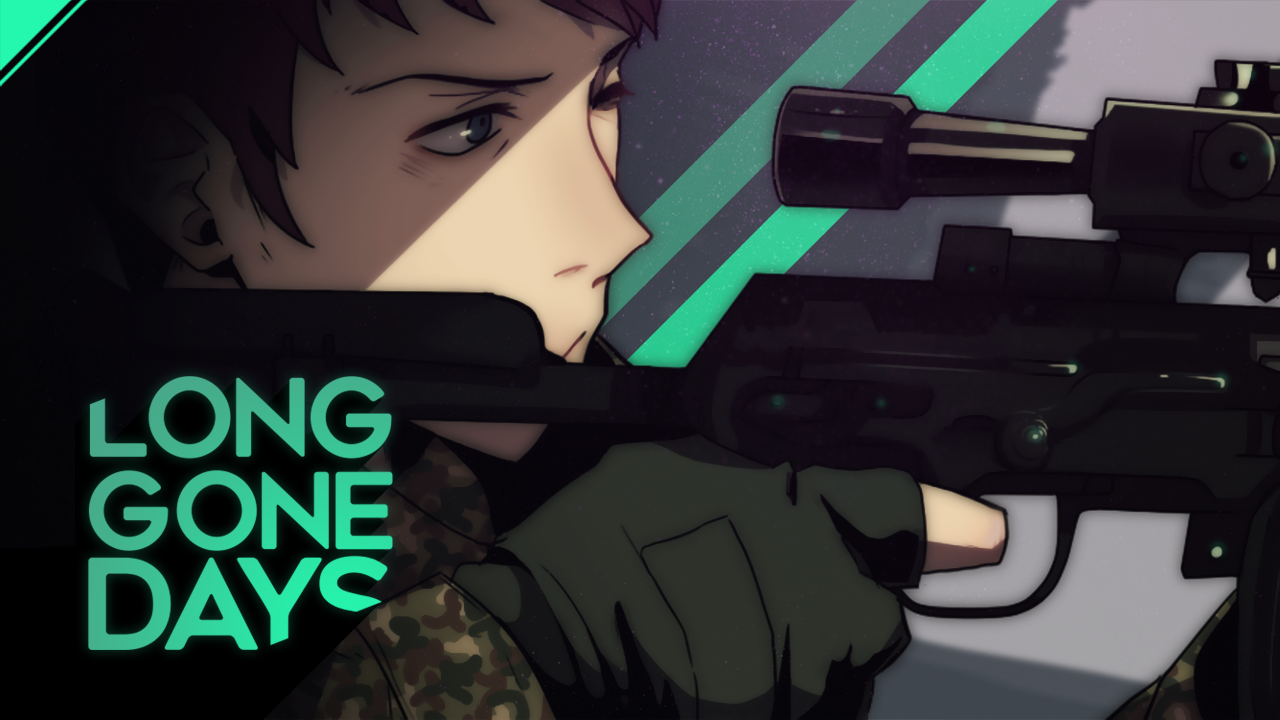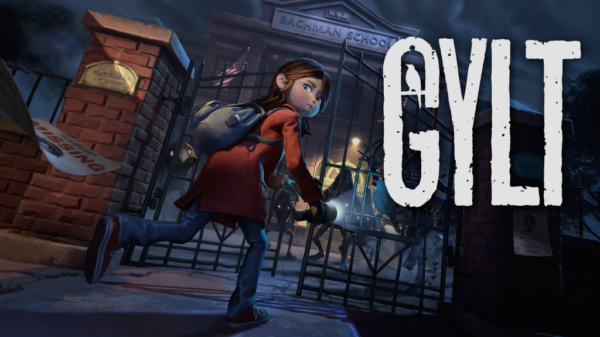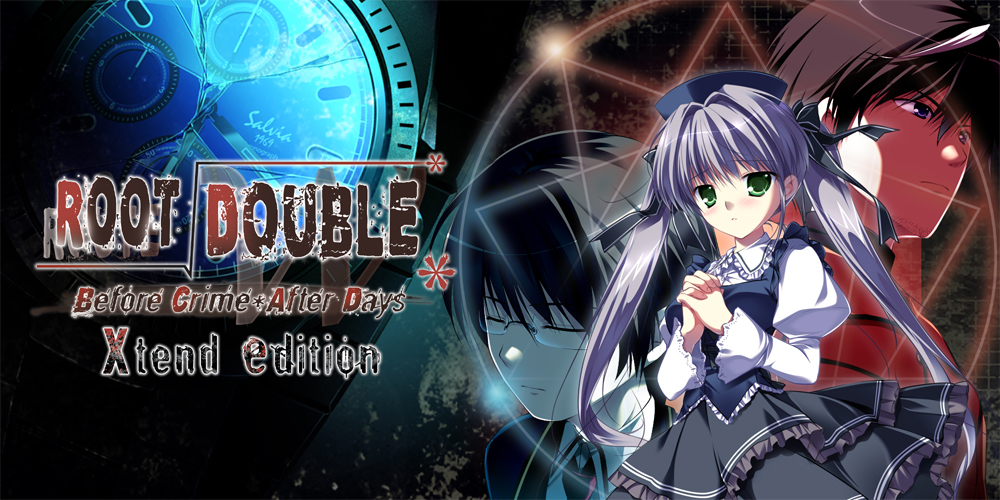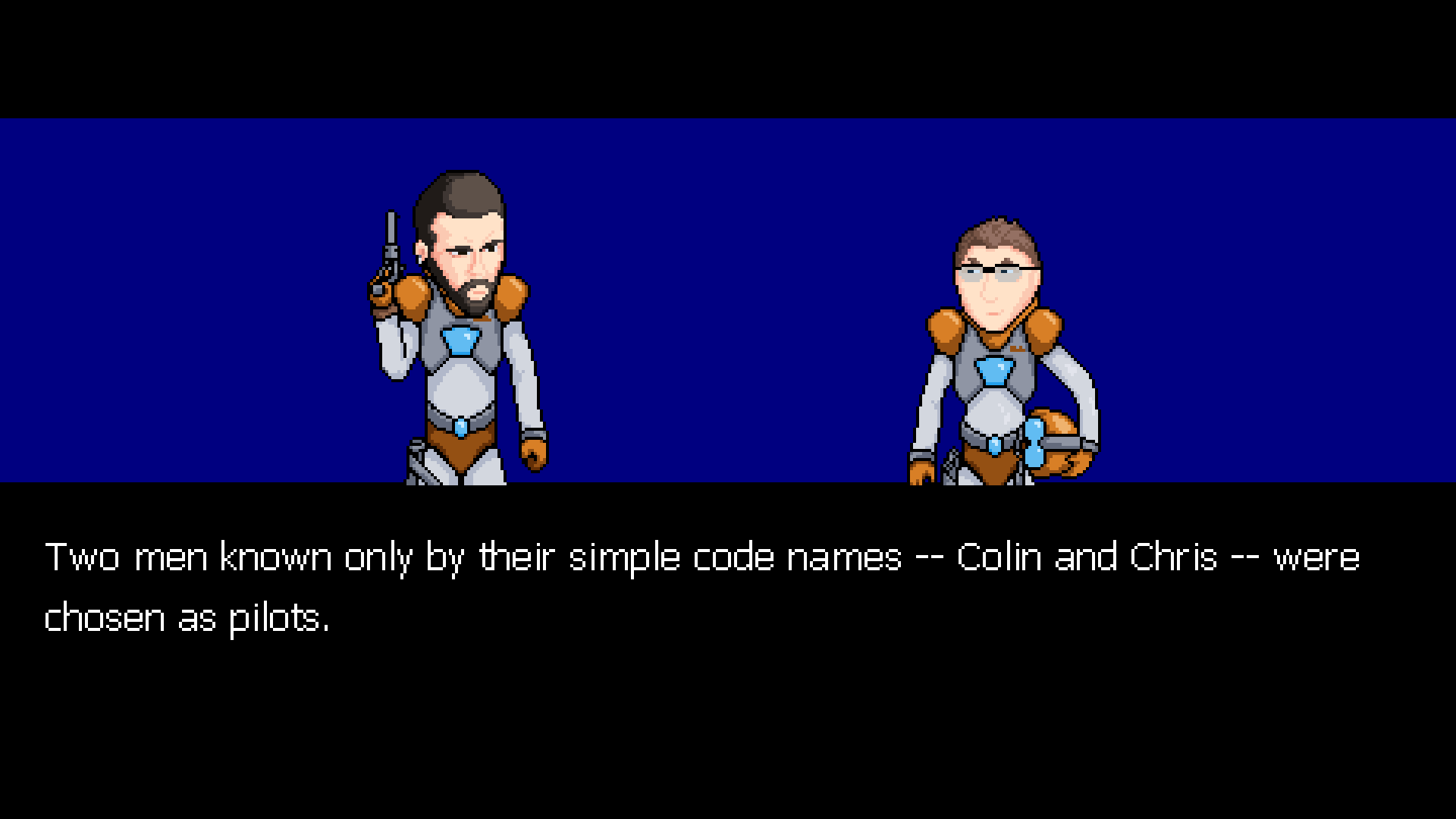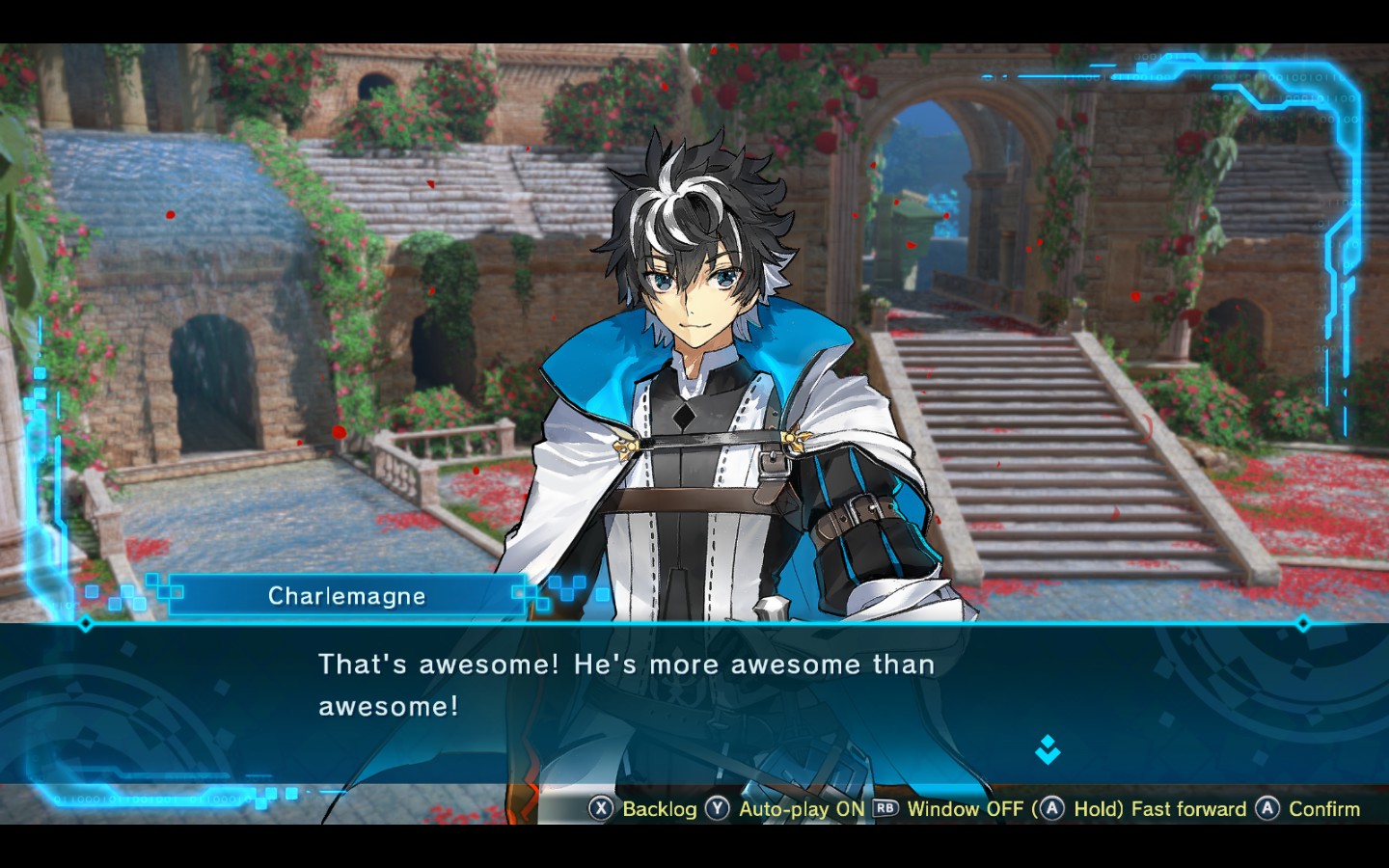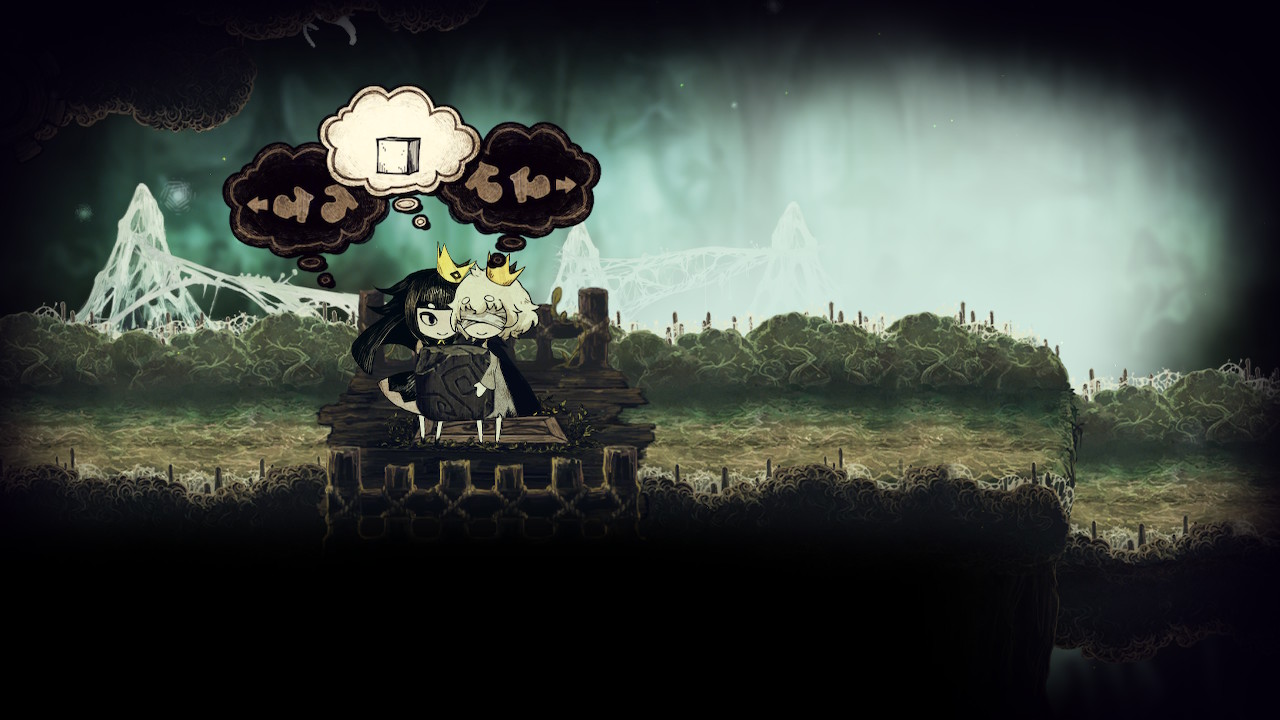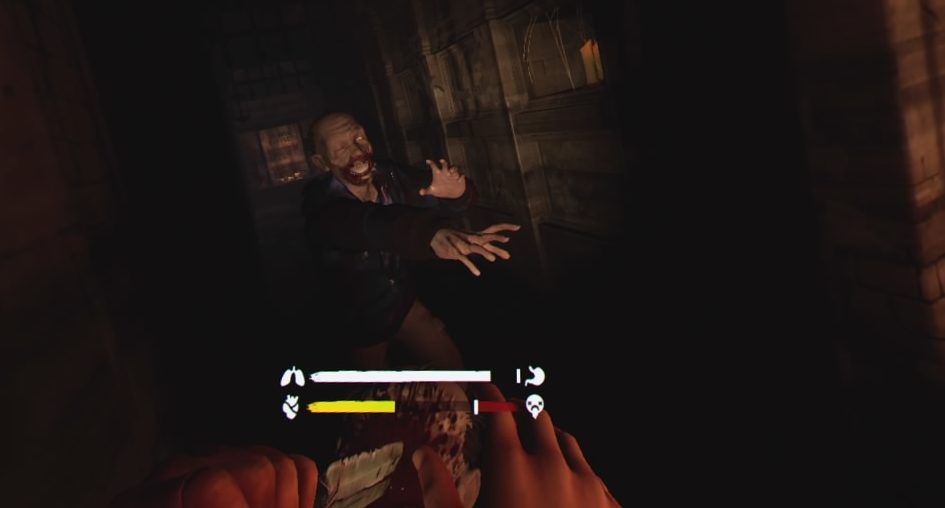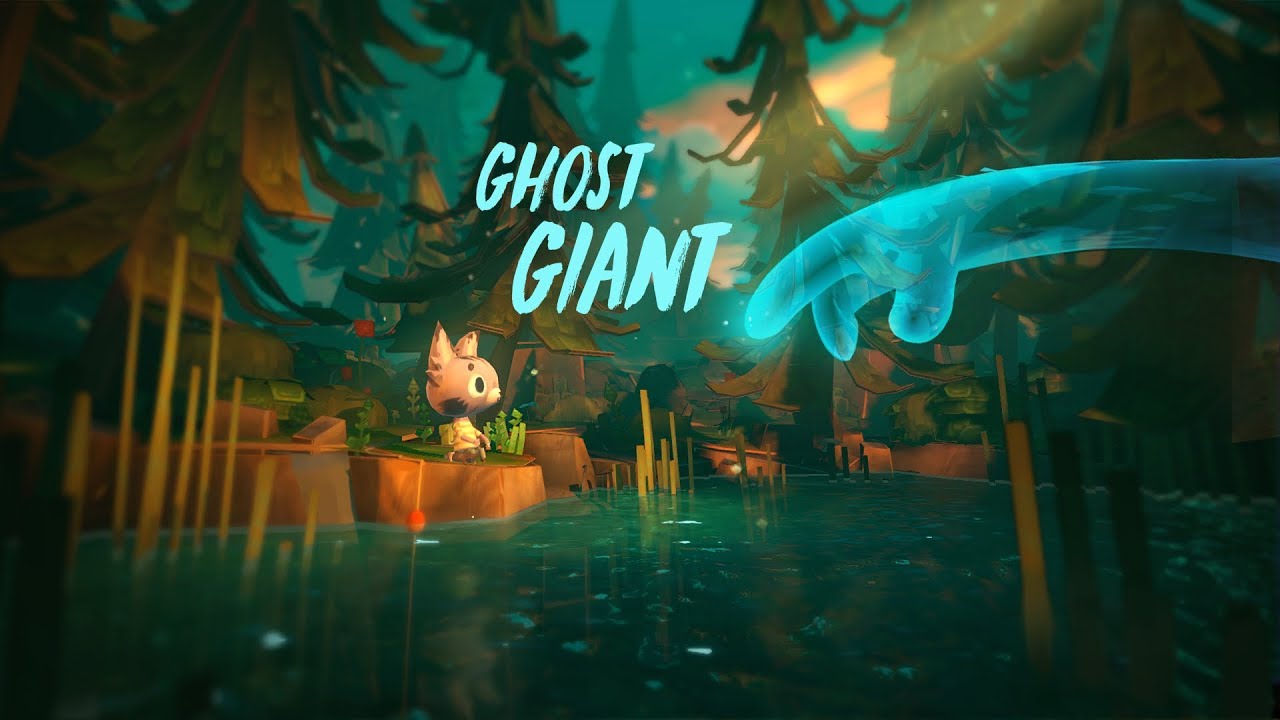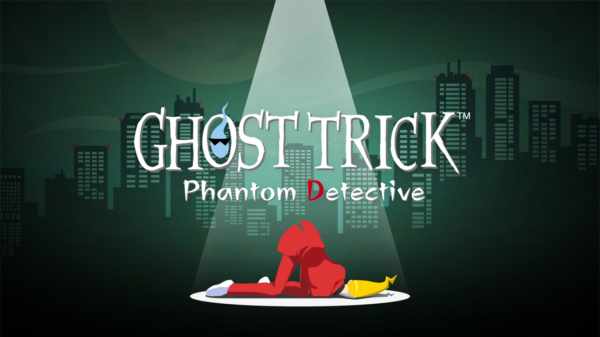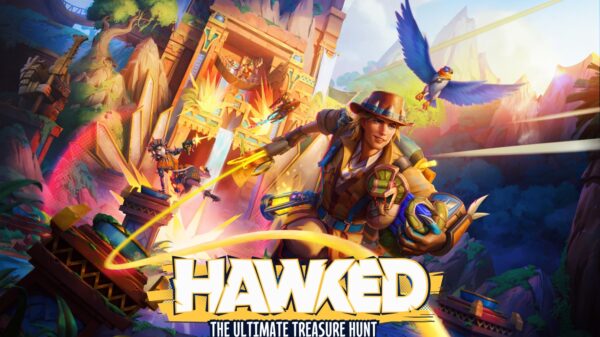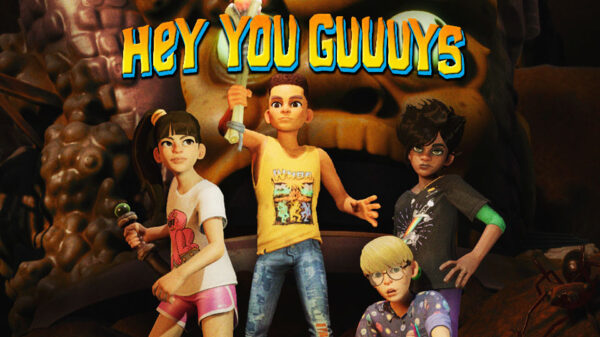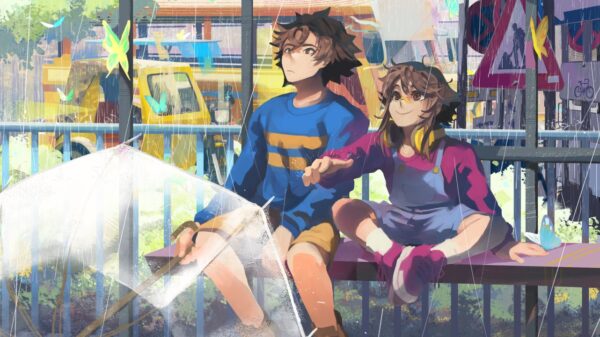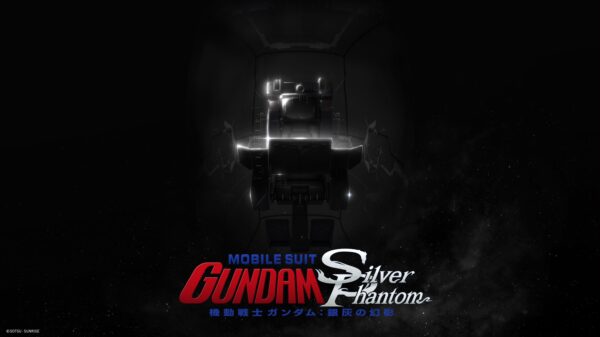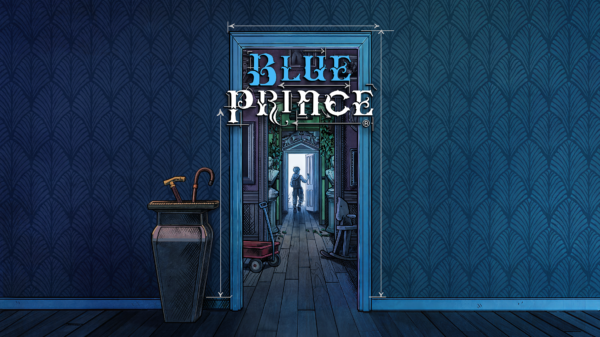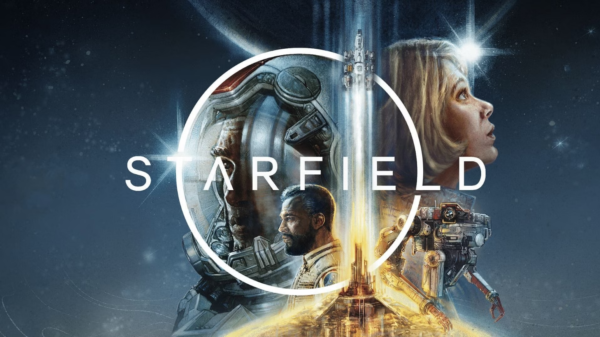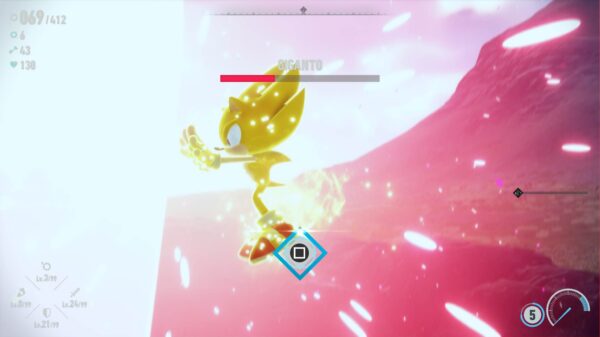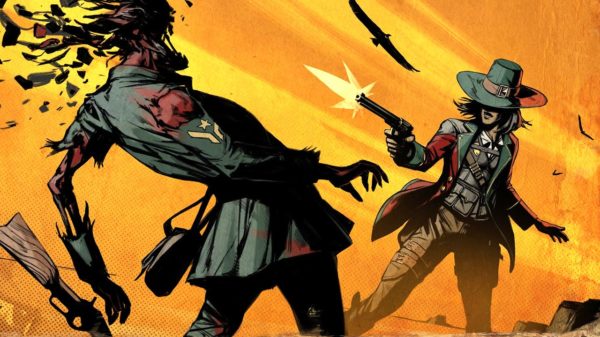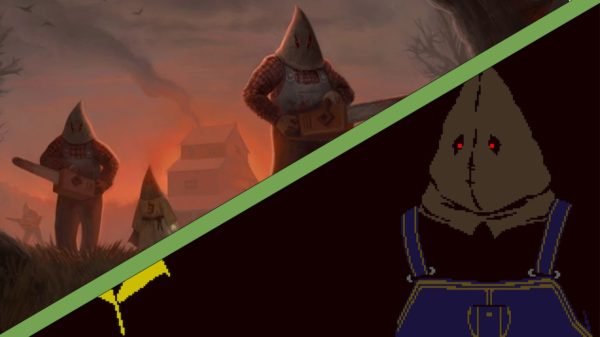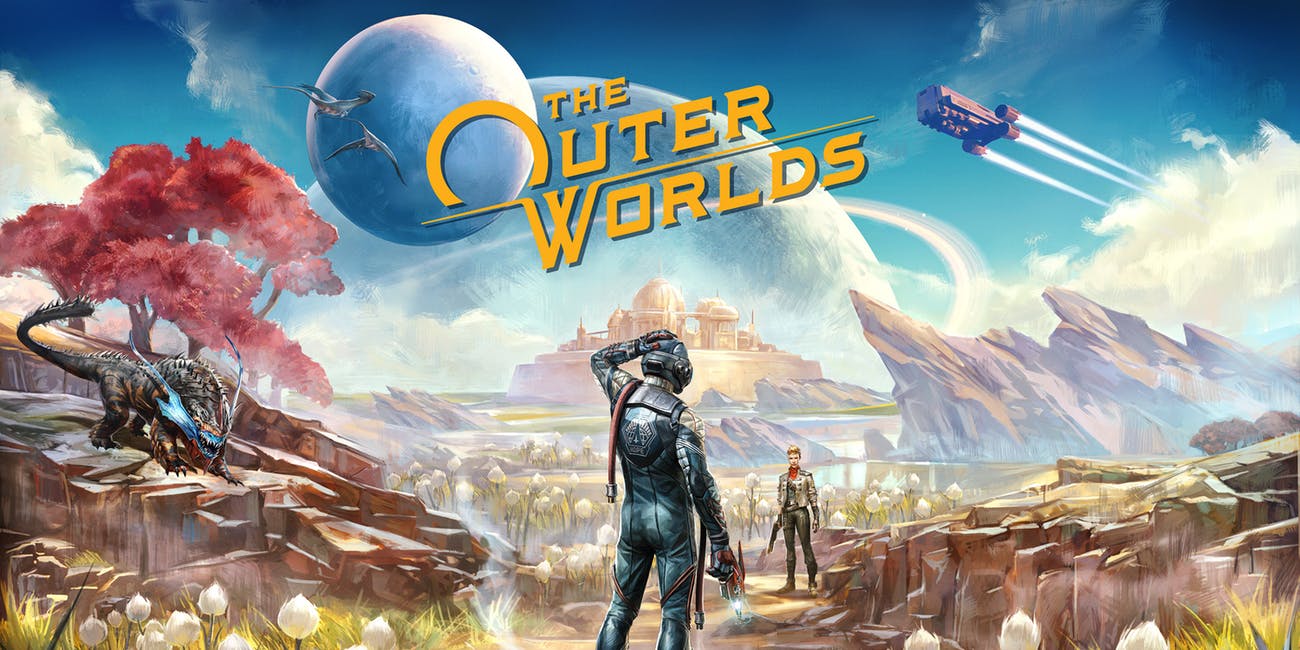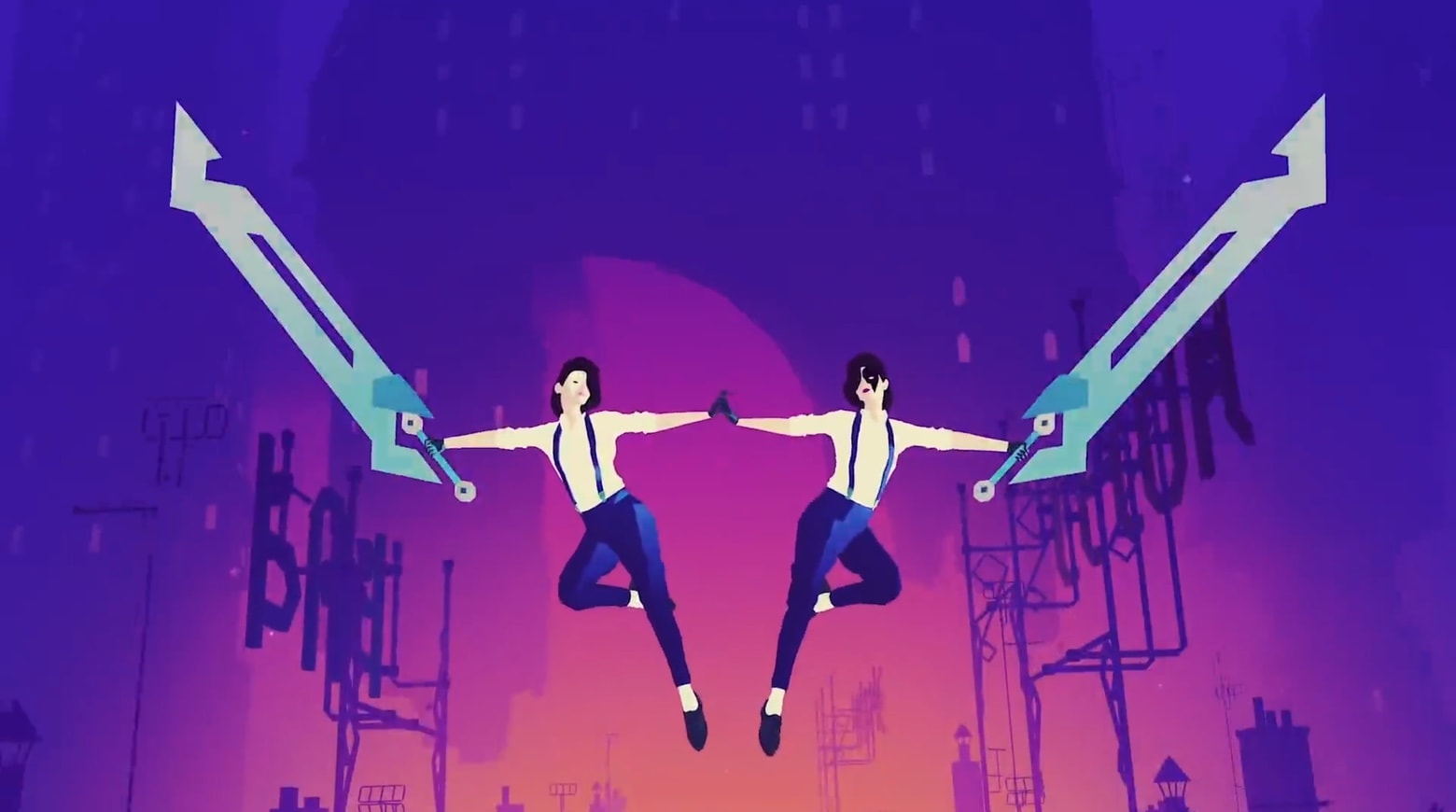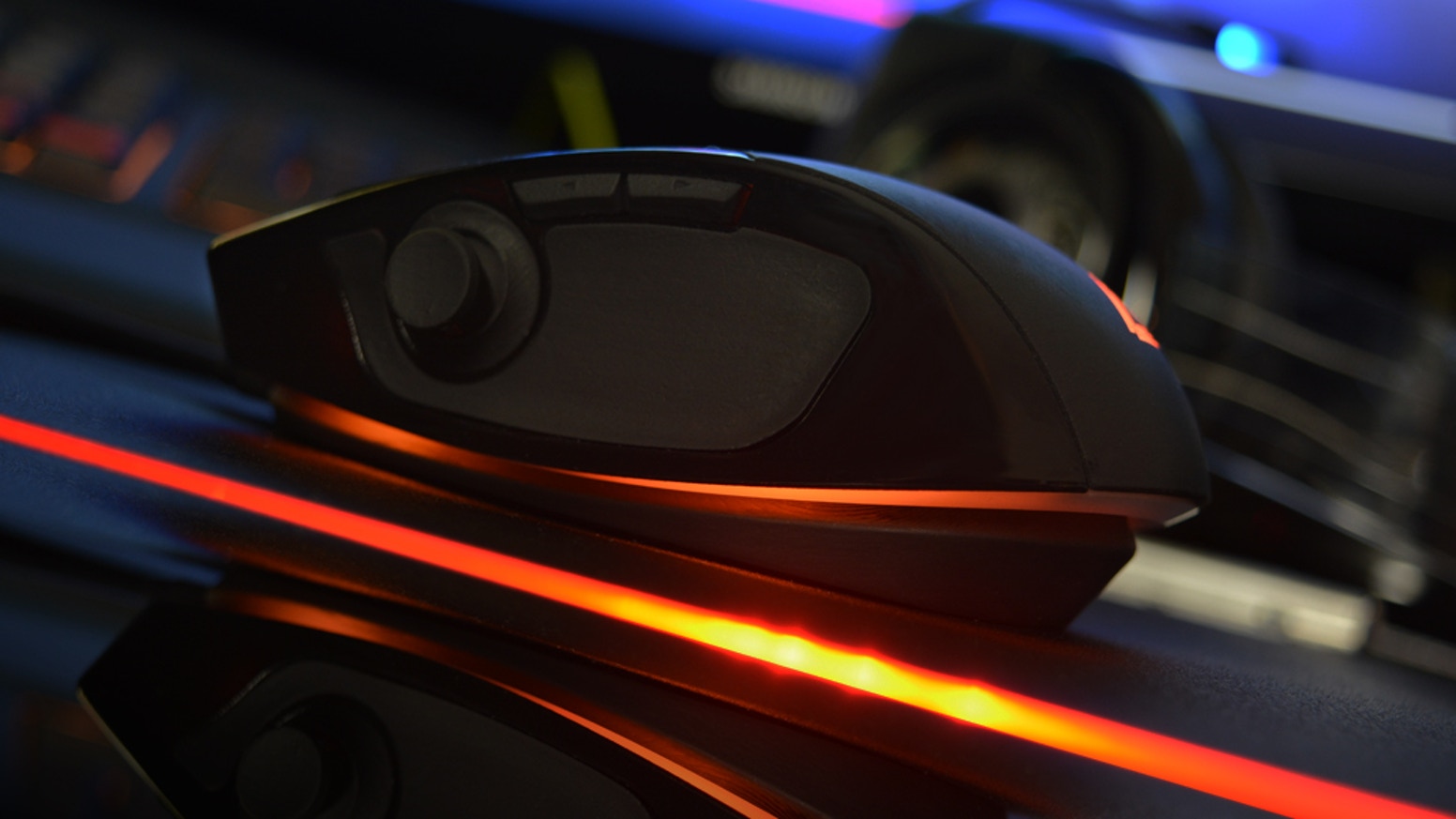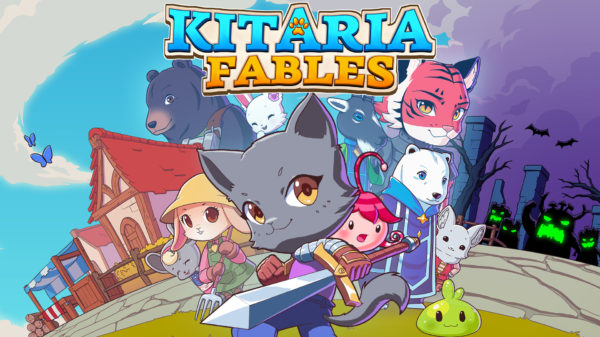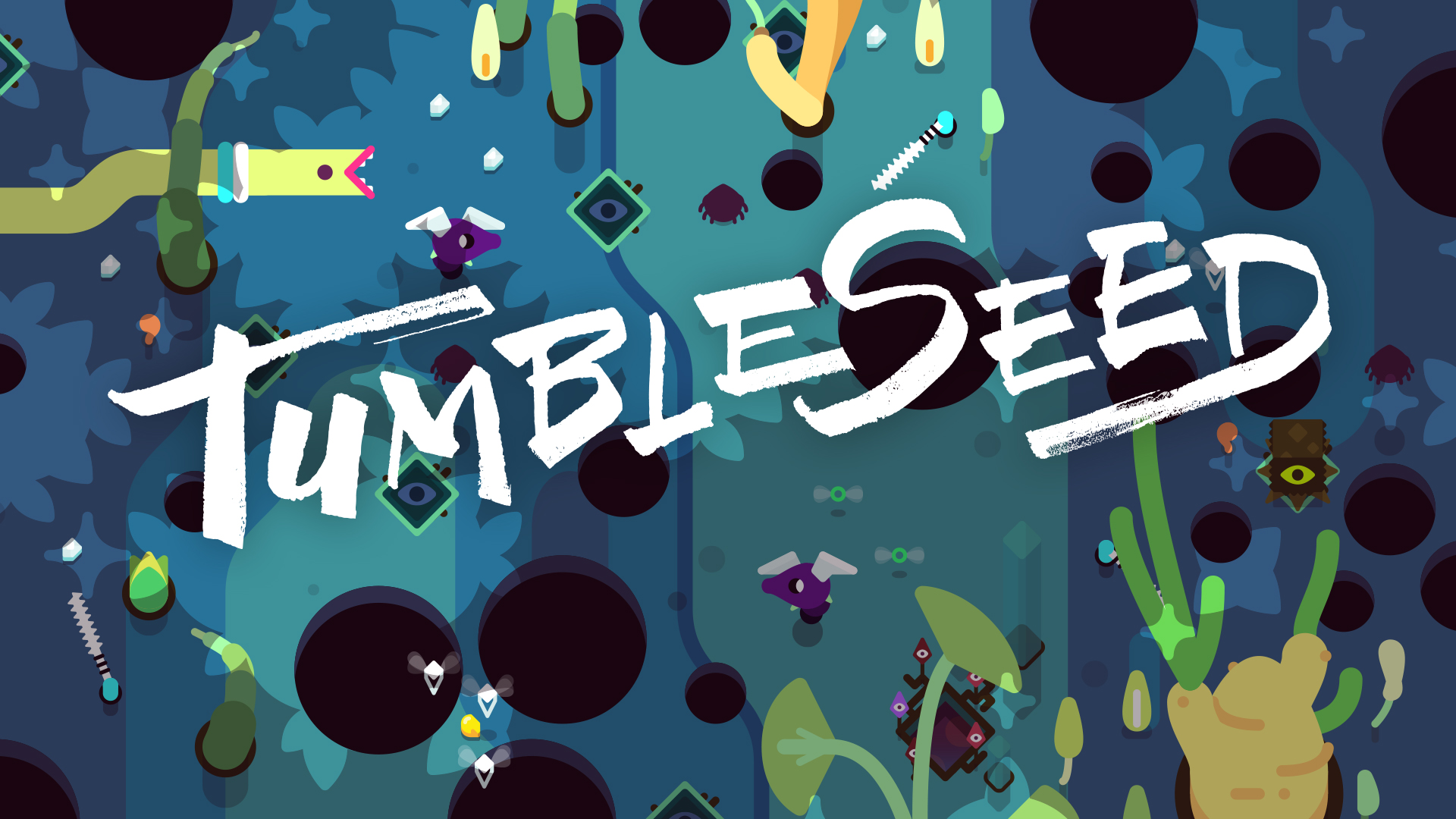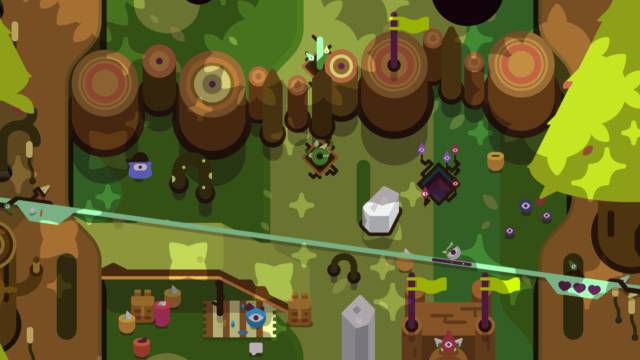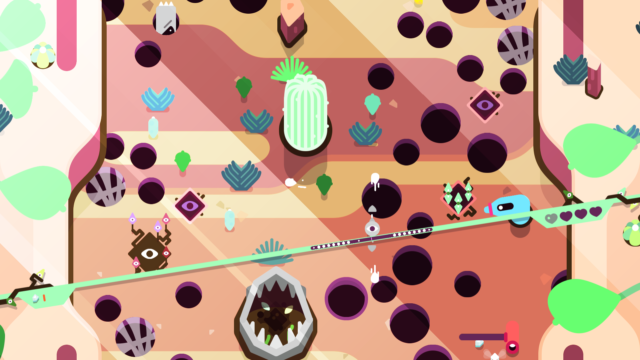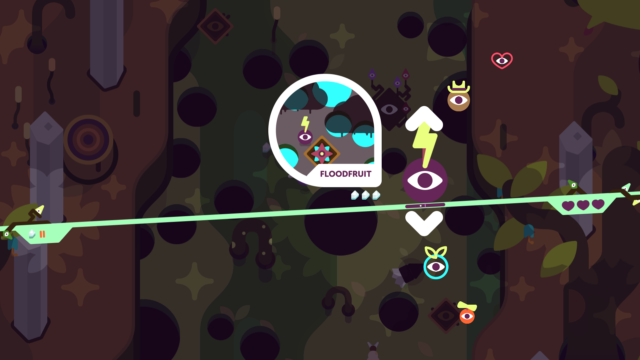TumbleSeed takes some of the fundamental, modern roguelike mechanics and pairs them with an interesting control method that forces a slow precise crawl to victory, but only after hundreds of failures.
TumbleSeed
Developer: aeiowu
Price: $14.99
Platforms: Nintendo Switch (reviewed), PC, and PS4
MonsterVine was provided with a Nintendo Switch code for review.
TumbleSeed is very much a modern interpretation of the classic, physical game Labryinth. In Labyrinth players rotate and tilt a maze suspended in a wooden box in an attempt to roll a marble into a final goal. Various holes and obstacles line the path. And a direct inspiration from 1980s physical arcade game, Ice Cold Beer where players move a marble and up a vertical path trying to drop the marble into certain holes worth more points. TumbleSeed brings this basic principle into a videogame with roguelike mechanics and adds heaps more obstacles.
Controlling TumbleSeed is the most unique aspect of the game, and because of this I initially found it to be frustrating and imprecise. The player does not have direct control of the seed characters, instead the seed sits upon a vine and each analog stick lifts the corresponding side of the vine platform. The seed uses gravity to roll and build momentum in whichever direction the vine is angled. This is why things feel so sloppy. Coming from other roguelike platformers, I was conditioned to be able to react quickly when obstacles present themselves, or when a situation changes. TumbleSeed favors slow, tactical movements. If you go in too fast, or without a plan you will be punished. It took me a dozen or so frustratingly quick deaths before coming to the realization: Slow and steady is the way to the top. When I planned my movements, I could consistently see higher climbs and fewer deaths. What adds to the frustration of repeated failure is the lack of a quick restart. Instead of being able to jump right back to the start of the maze, players have to view a leaderboard screen, and then are transported back to the starting town. Quests and fast travel options (some of the only forms of persistent unlocks) are available in the main town, but when I was trying to master one of the later zones, it was tedious and defeating to spend the 30+ seconds necessary to get back into things. A quick restart, or quick retry from fom the failure menu is much needed. Learning each of the four areas takes repetition, and the repetition would be made more enjoyable by being able to get back into it.
The combat within each zone gets exponentially more difficult. After a week of playing on and off, I was frequently making my way to world two, and that’s where things really begin. More of the spawned enemies have a direct reaction to the player’s movement and direction. Long, snake like enemies have lots of health– taking 4 spear hits before dying and are actively chasing the player up the course. These enemies put everything I have learned to the test, and had me unable to keep with my “slow & steady” method. This challenge is what makes playing, and the long ascent worth climbing. What’s again frustrating is that enemies don’t interact with themselves or environmental hazards. They aren’t subject to the same rules as the player. It adds another layer of challenge, but also brings a layer of frustration. A giant jumping spider doesn’t have to avoid the shots of other enemies or worry about getting impaled on spikes. Having a shot pass through an enemy, hitting me and causing me to drop all of my weapons, then getting killed by the other enemy doesn’t feel fair. Often times it lead to me setting the game down and taking a break.
The powerups are in the form of single run pickups. Players can collect different seed types to spend crystals collected during a run to equip themselves with weapons, shields or even impact the environment (filling holes with water for example). Each run the player starts with four core seed types. The FlagSeed places a checkpoint on the map, so if your seed falls into a hole you aren’t bounced all the way back down to the start (falling long distances also incurs more damage). The ThornSeed gives players a rotating spear attached to the seed. These spears continue in the imprecise nature of the controls. Without having direct control over an attack players are forced to time their attacks with movement. Sloppy or accidental attacks will not result in success very often. While difficult at the start, through experience I found myself able to roll around and time my attacks, making successful combat encounters that much more satisfying. The CrystalSeed rewards two crystals for every three power pads rolled over. The Heart Seed rewards an extra heart in exchange for four pads.
Other power ups are in the form of carried items, which are dropped after taking damage or falling into a hole. I favored the powerful, carried upgrades, which put moving damaging characters on screen. A ghost that chases the player, or a circle that bounces around randomly. These are useful for taking out large enemies without having to spend crystals on attacking items. But it’s not in TumbleSeed’s nature to give the player power without risk. These damaging characters will also damage the player. Almost every time I used one of these powerups it resulted in taking at least one damage, more often I’d get hit several times resulting in my demise. They were still worth the risk.
Like all good roguelikes, TumbleSeed has players learning by playing. A death can come suddenly, by rolling over a spike trap for an instant fail. Instant death can also occur if you climb to the top of the stage, fall into a hole and don’t have a flag seed planted to recover at. By failing frequently, repeating death after death I was learning what mysteries lied higher up the mountain, and because of teaching through gameplay my pleasures from TumbleSeed grew with my skill.
TumbleSeed’s presentation is another one of its strongest aspects. Bright colors are everywhere. Enemies are easily recognizable which allow adequate time to prepare for an attack, or embrace your inevitable doom. It has a very calming visual style to it which contrasts the high-stress gameplay and usually had me relaxed again before starting up another frustrating failure.
 The Final Word
The Final Word
TumbleSeed doesn’t reinvent the roguelike genre, but it does have some very unique twists. The reimagining of a classic marble maze game, with mysterious enemies and power-ups make each attempt a different, rewarding experience. The difficult control scheme has a high skill floor and an seemingly out of reach ceiling but can yield some incredible moments through momentum shifting and tactical rolling. The mechanics and systems don’t interact with themselves as much as I would like, but it still a heart pounding, stress inducing leaderboard chase.
– MonsterVine Review Score: 4 out of 5 – Good


